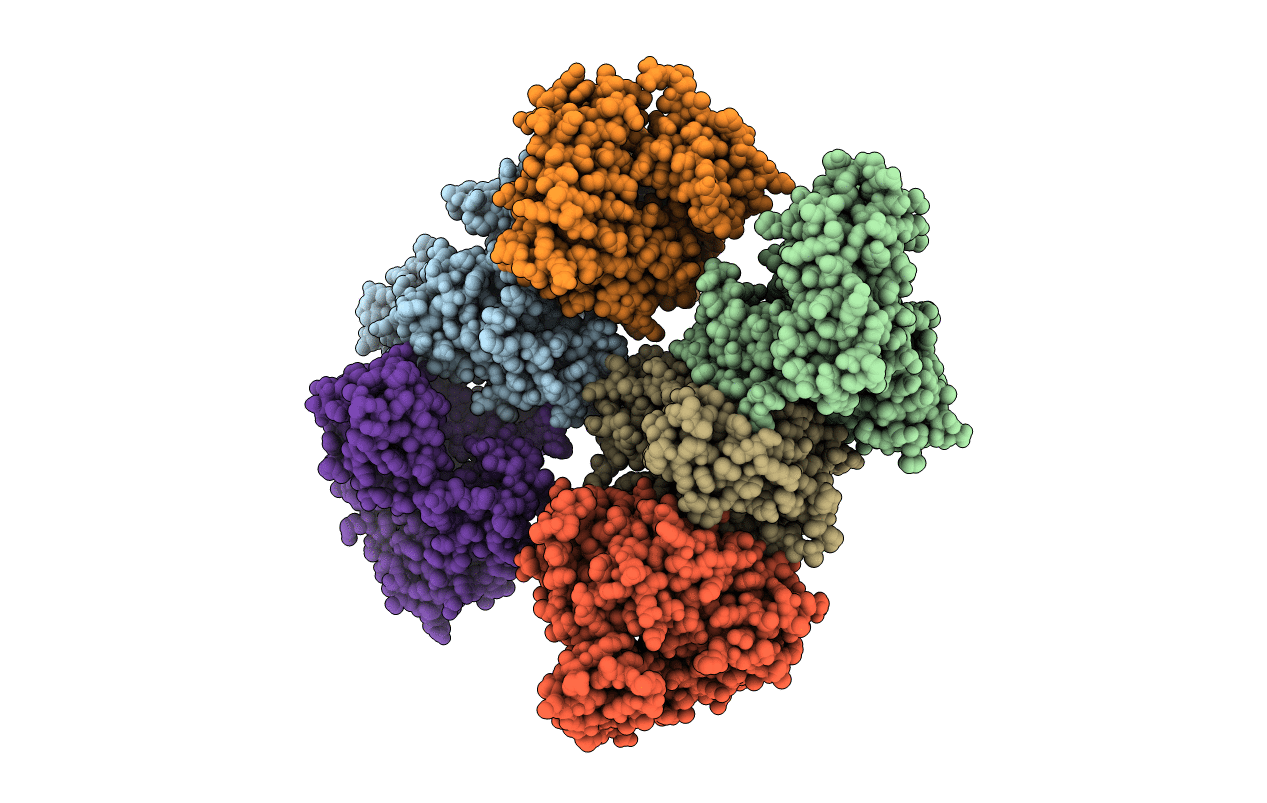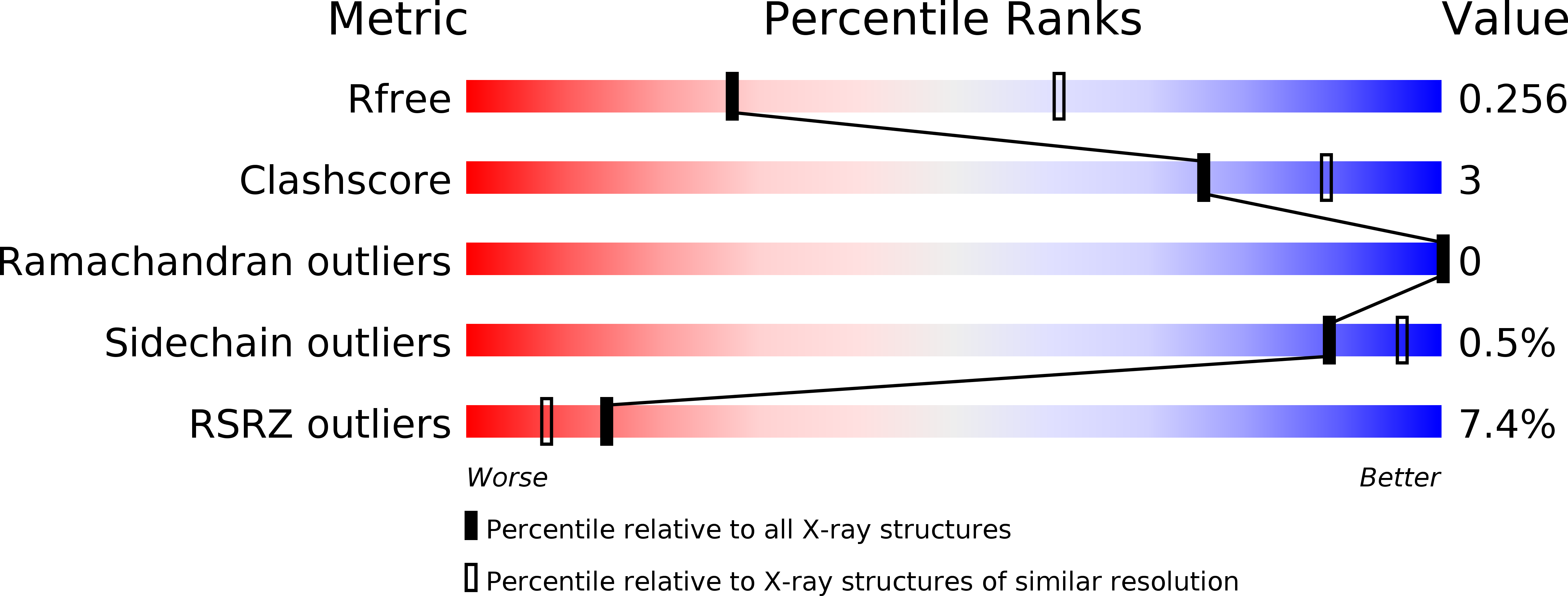
Deposition Date
2016-03-31
Release Date
2016-09-21
Last Version Date
2024-01-10
Method Details:
Experimental Method:
Resolution:
2.82 Å
R-Value Free:
0.25
R-Value Work:
0.21
R-Value Observed:
0.21
Space Group:
C 2 2 21


